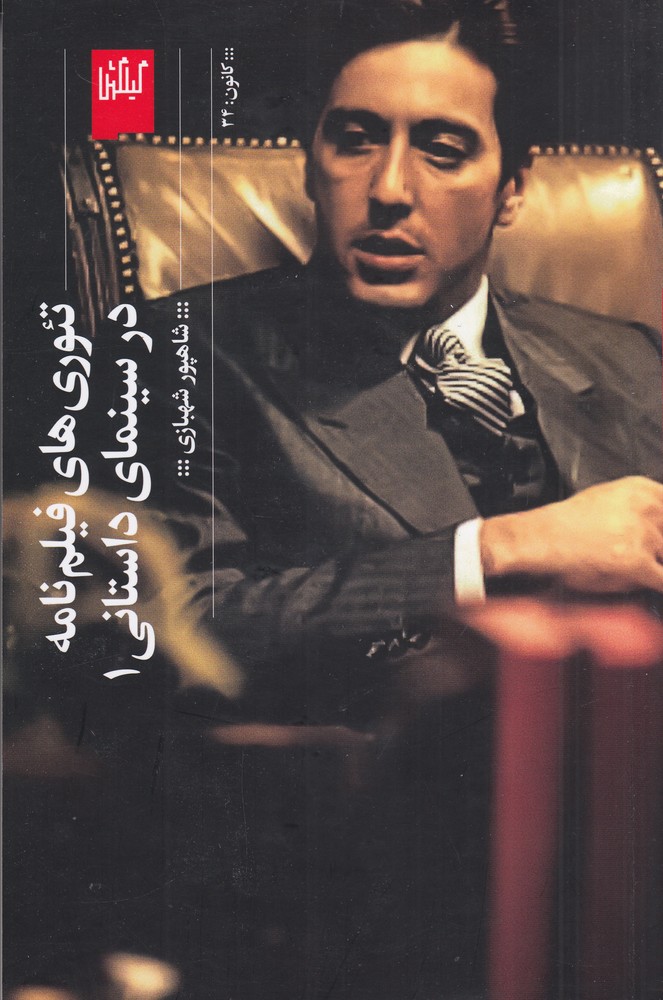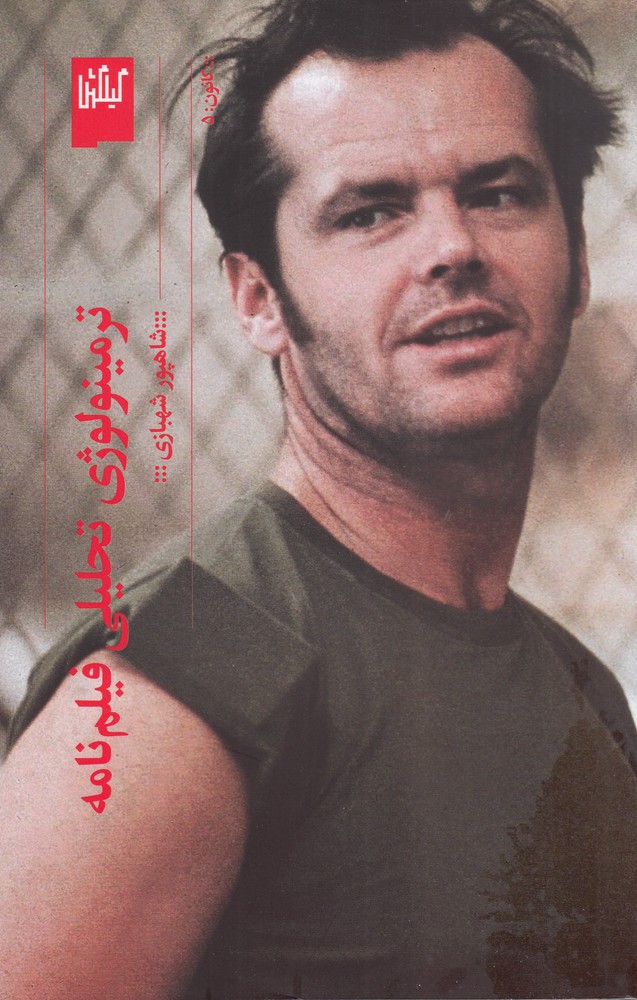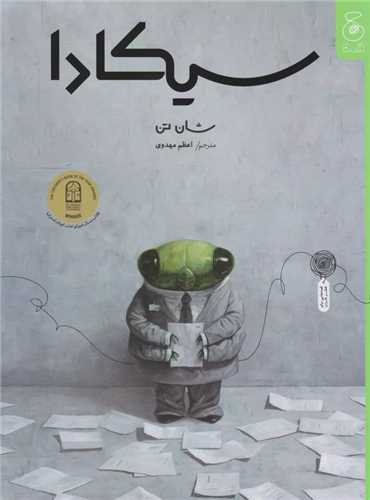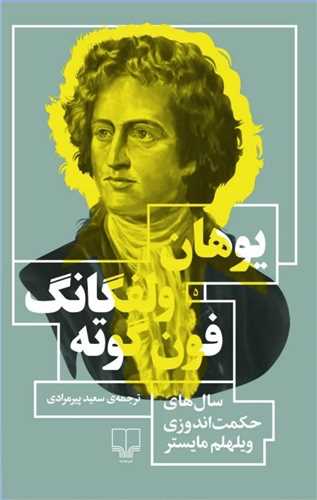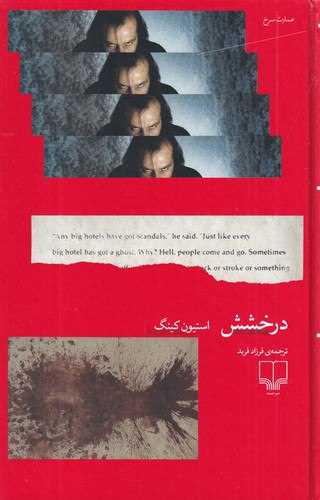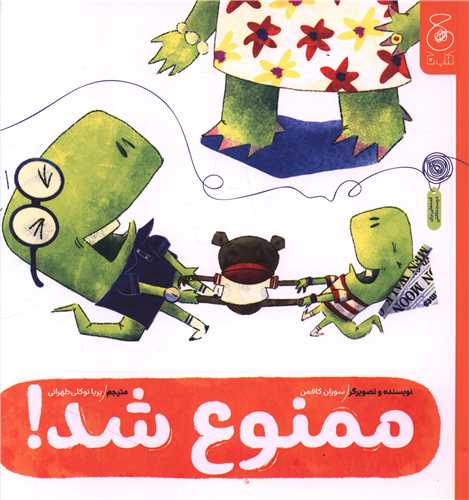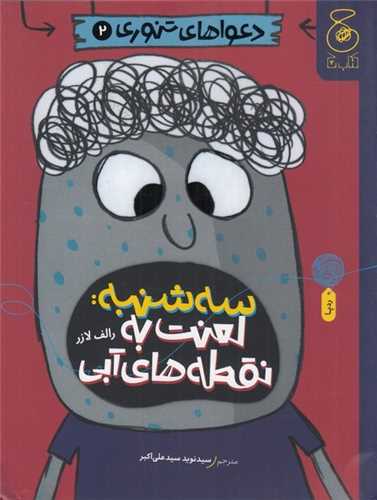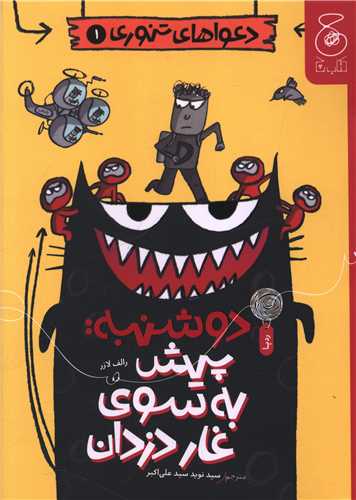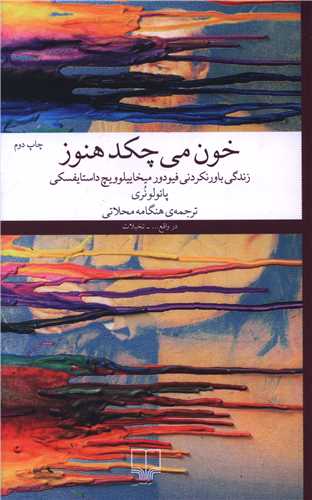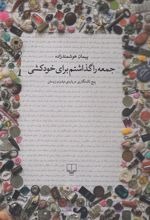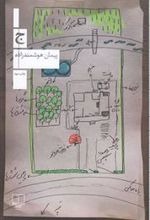Ti'urī'hā-yi Fīlm'nāmah dar Sīnamā-yi Dāstānī (Jild-i 1): Persian 1402
تئوریهای فیلمنامه در سینمای داستانی(جلد1)
211 SEK
Share
Wishlist
Screenwriting education in Iran has been limited academically for a short period. This limitation has caused the theoretical resources in this field to be extremely limited. Recently, a limited number of reference books have been published by translators. Still, this number is much less than the rich and comprehensive works in the field of screenwriting theory in other countries. Accordingly, the need for more resources in this field is felt, especially for the younger generation who are interested in this field.
The writing situation in the field of screenwriting in Iran is also worrying. Few writers work in this field, and writing screenplays is often difficult. This situation is caused by various factors such as the lack of a suitable educational system and the lack of preservation of screenwriting theories in the country.
The authoring of screenwriting books in Iran is less than the translation of foreign books, and few original works have been authored in this field. Hence, films that connect with the audience with strong and successful structures are hard to find.
One of the main factors of this weakness is the lack of challenging theoretical concepts in the field of screenwriting. This lack of challenge causes students and young writers to not be able to apply theoretical concepts correctly in their films and as a result produce repetitive and superficial works.
This book describes and analyzes story-oriented and character-oriented cinema and explains the "step-by-step" theory. This book explains the process of the historical role of narration in cinema, the historical process of the art of screenwriting, the analysis of story-oriented, and character-oriented cinema, and suggested models in this field. Also, the author explains the theoretical concepts in the "step by step" theory and presents a new model for the production of screenplays.
more
آموزش فیلمنامهنویسی در ایران به صورت آکادمیک به مدت کوتاهی محدود شده است. این محدودیت موجب شده تا منابع تئوریک در این زمینه به شدت محدود باشند. اخیرا تعداد محدودی از کتب مرجع توسط مترجمان منتشر شده است، اما این تعداد نسبت به آثار غنی و جامع در زمینه تئوری فیلمنامهنویسی در سایر کشورها بسیار کمتر است. بر این اساس، نیاز به منابع بیشتر در این حوزه احساس میشود، به ویژه برای نسل جوانی که علاقهمند به این رشته هستند.
وضعیت نوشتاری در زمینه فیلمنامهنویسی در ایران نیز نگرانکننده است. تعداد کمی از نویسندگان در این زمینه فعالیت میکنند و تألیف آثار فیلمنامه اغلب به مشکلاتی برمیخورد. این وضعیت ناشی از عوامل مختلفی مانند نبود یک سیستم آموزشی مناسب و نبود تحفظ تئوریهای فیلمنامهنویسی در کشور است.
تألیف کتابهای فیلمنامهنویسی در ایران کمتر از ترجمه کتب خارجی بوده و تعداد کمی از آثار اصلی در این زمینه تألیف شده است. از این رو، فیلمهایی که با ساختارهای قوی و موفق در ارتباط با مخاطب قرار میگیرند، به سختی پیدا میشوند.
یکی از عوامل اصلی این ضعف عدم چالش مفاهیم تئوریک در حوزه فیلمنامهنویسی است. این عدم چالش موجب میشود که دانشجویان و نویسندگان جوان نتوانند مفاهیم تئوریک را به درستی در فیلمهای خود بهکار ببرند و در نتیجه آثاری تکراری و سطحی تولید کنند.
کتاب حاضر به تشریح و تحلیل سینمای داستانمحور و شخصیتمحور میپردازد و تئوری "گامبهگام" را توضیح میدهد. این کتاب به توضیح فرایند نقش تاریخی روایت در سینما، روند تاریخی هنر فیلمنامهنویسی، و تحلیل سینمای داستانمحور، شخصیتمحور، و الگوهای پیشنهادی در این زمینه میپردازد. همچنین مولف به تشریح مفاهیم تئوریک در تئوری "گامبهگام" پرداخته و الگوی تازهای برای تولید فیلمنامهها ارائه میدهد.
more

